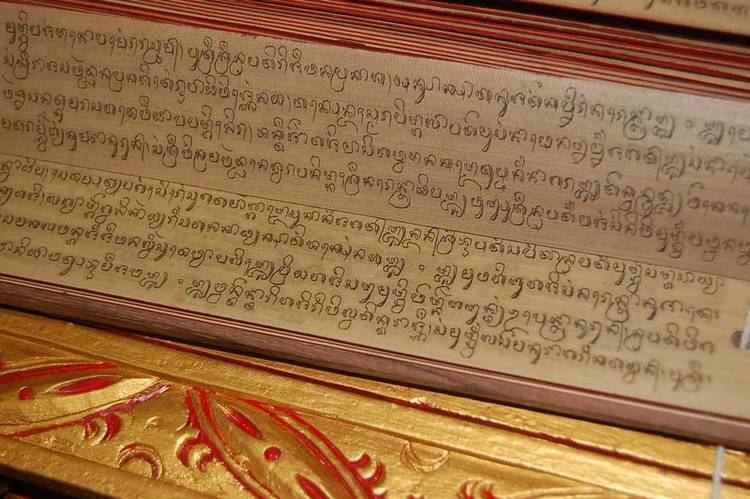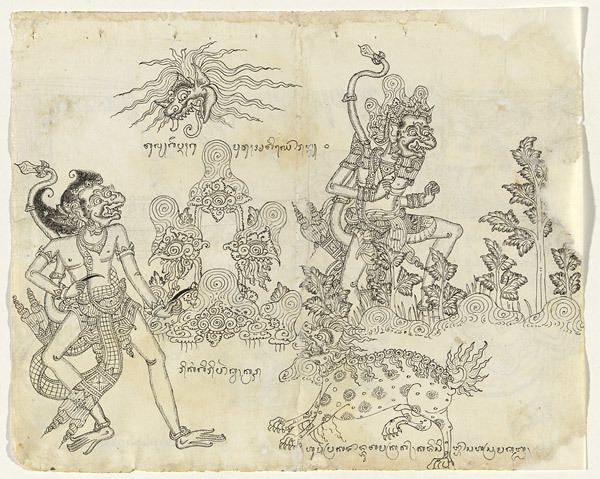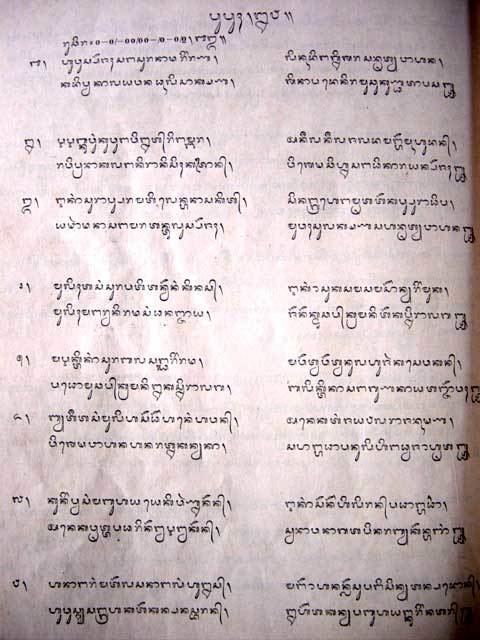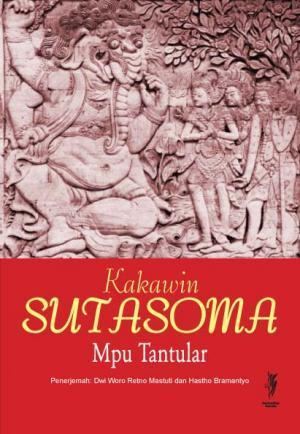 | ||
Kakawin dewasa putri wirama basantatilaka
Kakawin are long narrative poems composed in Old Javanese, also called "Kawi", written in verse form with rhythms and metres derived from Sanskrit literature. Poets used a formalized literary language, rather than the vernacular. Poets composed and performed the poems at the courts of central and east Java kings between the 9th and 16th centuries, and in Bali.
Contents

Although the poems depict events and characters from Hindu mythology, the narratives are set in the local landscapes of the islands. They are rich sources of information about courtly society in Java and Bali.

Structure of a kakawin

A kakawin stanza consists of four lines. Each line has a set number of syllables per line, set in patterns of long and short syllables based on Sanskrit rules of prosody. A syllable which contains a long vowel is called guru (Sanskrit for "heavy"), while a syllable which contains a short one is called laghu (Sanskrit for "light"). The term guru laghu denotes the structure of a line.

For example, each line of the kakawin metre called "Śardūlawikrīd[?]ita" consists of 19 syllables. The guru laghu of each line is as follows" ---|UU-|U-U|UU-|--U|--U| U. The notation "-" means that the syllable in question is long, while the "U" means that the syllable is short.
As an example, the opening stanza of the Kakawin Arjunawiwaha, which is in the metre Śardūlawikrīd[?]ita, is taken:


A syllable which contains a long syllable is automatically long (ā, ī, ū, ö, e, o, ai, and au) and thus guru. But on the other hand, a vowel which is followed by two consonants is also long. In addition to that the last syllable of a line may both contain a long or a short syllable. It is an anceps.
